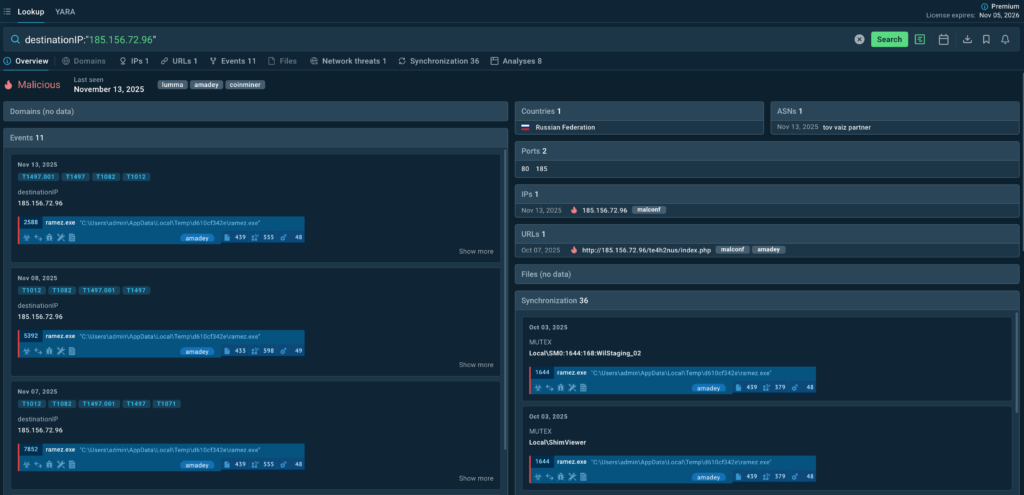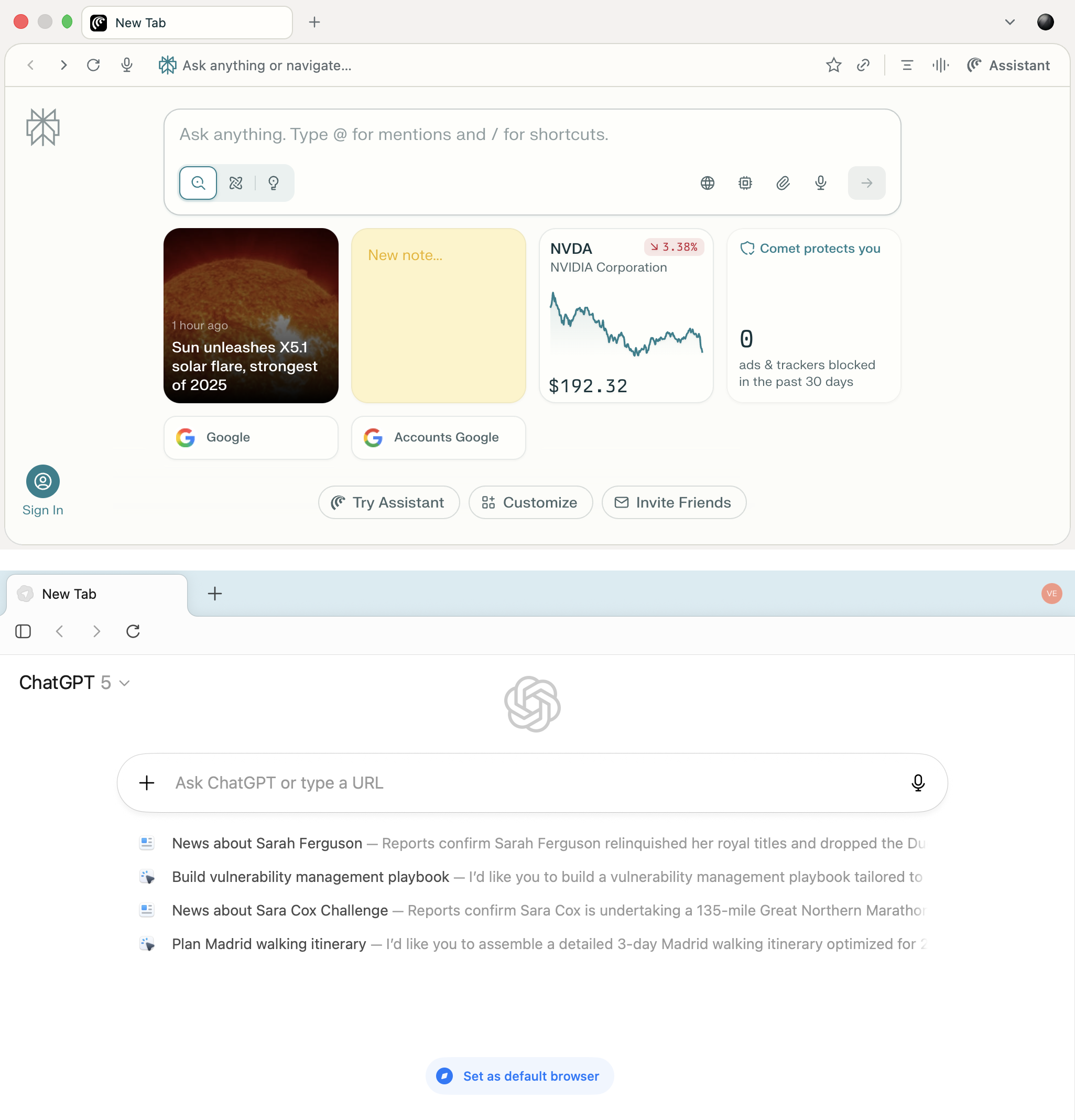Hacking Black Friday: using LLMs to save on the “sale of the year” | Kaspersky official blog
Black Friday is an annual bargain hunt that often spirals into chaotic impulse buying. Stores promise incredible discounts of 50–70%, but are those savings really as significant as they seem? In 2025, we’ve got a new ally on our side in the fight for smart spending: artificial intelligence. Here’s how you can use powerful LLMs like ChatGPT and Claude to save money and never fall for a shady seller’s tricks again.
Before we enlist AI to help you save, it’s crucial we understand the battlefield. Studies paint a grim picture: a significant portion of those Black Friday “super discounts” are nothing more than a marketing illusion.
The tactic is simple and effective: in early October, stores hike up their prices, sometimes by fifty to a hundred percent. Then, when Black Friday finally hits, they “slash” the price by that same 50% and proudly tout the impressive discount on the tag. In reality, you’re just buying the item at its regular price — or sometimes even paying a premium.
While the European Union’s Omnibus Directive mandates that retailers display the lowest price from the last 30 days, even this rule is easily skirted. Retailers just hike the price up 30 days before the event, which allows them to technically adhere to the directive while still duping consumers.
How LLMs can help you save
Artificial intelligence is changing the game. Analysts estimate that in 2024, AI tools helped consumers make a staggering $60 billion in transactions during Cyber Week, and that number is only projected to climb in 2025. Already, one in three U.S. shoppers plans to lean on AI for their shopping needs.
As you know, an LLM is immune to emotion; it won’t react to marketing triggers like “2 hours left!” or “only one left in stock!” Instead, the model analyzes huge volumes of data, compares prices, tracks price history, and helps you make rational decisions.
In seconds, AI can crawl hundreds of online stores, zeroing in not only on the product you want at the lowest price but also on cheaper alternatives with comparable specs. Modern LLMs can help you figure out if a discount is truly beneficial — or if you’re falling for a scam. Amazon, for example, has already integrated a price-tracking feature into its AI assistant, Rufus, though users have noted that the tool still has some kinks to work out. Using just a few prompts, the AI can factor in your preferences, budget, and past purchases to suggest exactly what you need, cutting through all the marketing noise. Instead of wasting hours poring over spec sheets, just ask the assistant, “What’s the difference between vacuum cleaner A and vacuum cleaner B?” And you get your answer — regardless of whether the seller’s website features a comparison tool. You can use the prompts below for ChatGPT, Claude, or Gemini.
Preparing for Black Friday with AI
Step 1. Create a wish list
Don’t wait for the sales to start; your goal is to gather all the baseline data upfront.
Help me create a shopping list for Black Friday. My budget is: [amount].
I'm interested in the following categories: [electronics/clothing/home goods].
Priorities: [performance/quality/brand/price].
Create a structured list with explanations of why each item is worth considering.
Step 2. Start tracking prices
This is a critical stage. You need to know the real price of an item before the Black Friday marketing hype machine starts rolling. On Amazon, tools like CamelCamelCamel and Keepa can help, and for AliExpress, look at AliPrice and AliTools.
Step 3. Analyze price dynamics
Collected the price data? Excellent. If you see a sharp price spike in October followed by a corresponding drop in November, you’re looking at the classic scam tactic. But if the data on the charts seems unclear, use the prompt below. The months we used are just examples, so feel free to use your own date ranges. The larger the intervals between the price checks, the higher your chances of catching an unjustified price hike.
I'm tracking [product name] on [platform]. Here's the price data:
- September: [price]
- Early October: [price]
- Late October: [price]
- Current price: [price]
- Advertised discount: [percentage]
- Analyze this data. Is this a genuine discount or is the store manipulating prices?
When is the best time to buy? Should I wait for Black Friday or buy now?
Step 4. Search for alternatives
Don’t get fixated on a single product. There may be more advantageous alternatives available.
I want to buy [product, model]. My goal is to [what it's needed for]. Budget: [amount].
Find 3–5 alternative products that solve the same problem but might be more cost-effective.
Compare them based on features, price, and reviews. Display the results in a table.
Experience shows that LLM models are particularly good at comparative analysis, highlighting key differences between similar products.
Step 5. Vet the seller and the website
Black Friday is an absolute field day for scammers. In the third quarter of 2025 we saw the number of fake online stores skyrocket by 20% compared to the monthly average. Let’s run through the immediate red flags that should raise your suspicions:
- Domains like .shop, .store, .vip or .top — rarely used by major, established brands
- Unbelievable discounts of 80–90% on popular items
- Lack of a secure HTTPS connection, meaning no padlock icon next to the URL in your browser
- Poorly translated text and/or grammatical errors
Finally, just in case, run the following prompt through the AI of your choice to check the store’s legitimacy:
I have found [product name] on [URL]. The price is very attractive: [price], which is [percentage]% below the average. How can I verify that this is not a scam?
What are the signs of a fake store? What should I pay attention to?
Step 6. Compile the all-in-one prompt
This is the all-in-one prompt containing all the data you gathered in the previous steps; it works in any LLM:
You are an expert in spotting retail price manipulation.
Product: [name]
Store: [name]
Current price: [price]
Advertised discount: [percentage]%
Stated old price [price]
Price history I tracked:
[state data for several months]
Tasks:
1. Is this a genuine discount or a manipulation?
2. What was the real average price before the alleged sale?
3. Should I buy now, or is the price likely to drop even further?
4. Your verdict: buy / wait / look for alternatives?
Note that neural networks’ cybersecurity is still far from perfect: vulnerabilities continue to be discovered within them. Therefore, to shield yourself from phishing and spam links you might accidentally follow, be sure to install a proven and reliable security solution, such as Kaspersky Premium. It’ll keep your Black Friday from turning into a financial Black Monday for both your assets and personal data.
Getting local results
One of the core issues with global AI models is that they often deliver information that’s not region-specific, or is relevant to a region other than yours. But you can adapt them to your needs with this prompt:
You are an AI shopping assistant for [country, city]. All your recommendations must factor in the local market, available stores, and regional platforms ([list of stores, if desired]). State prices in [currency]. Speak [language].
My task is to find [product] at the best price for Black Friday.
Which local platforms should I check? What kind of sales are common in [region]?
Specialized prompts for each LLM
Each LLM has its strengths (also weaknesses). With these in mind, we’ve created prompts that unlock the potential of each language model. For the highest quality results, we recommend utilizing models with a larger number of parameters (usually available via paid subscriptions), and activating deep thinking when submitting your requests.
ChatGPT excels at structuring information and generating lists. Here’s a prompt for budget planning:
Create a shopping strategy for Black Friday.
Budget: [amount]
Priority categories: [list]
For each category, specify:
1. Average price before discounts
2. Expected discounted price
3. Best time to buy (before/during/after Black Friday)
4. Alternatives
Format the results as a table.
And here’s a prompt for store comparison:
Product: [name and model]
Found in stores:
- [Store 1]: [price], shipping [terms]
- [Store 2]: [price], shipping [terms]
- [Store 3]: [price], shipping [terms]
Which option is more cost-effective considering the total cost? Analyze the reliability of the stores.
Claude is particularly good at analyzing large volumes of text and highlighting key points. Here’s a Claude prompt for analyzing reviews:
Here's a selection of reviews for [name] from various platforms: [insert reviews].
Analyze them and highlight:
1. Key advantages (top 3)
2. Key disadvantages (top 3)
3. Who is this product best suited for, and who should avoid it?
4. Are there any alarming issues mentioned?
5. Overall recommendation: is this worth buying?
Long-term planning prompt:
You're a financial consultant. I'm planning a major purchase: [product] for [price].
My monthly income: [amount]. My savings: [amount].
Should I buy this on Black Friday or should I wait?
What alternative saving and purchasing strategies can you offer?
Gemini offers seamless integration with the Google ecosystem and provides in-depth capabilities when working with images. Attach a screenshot of the banner or the offer on the website and write the prompt:
This is a Black Friday offer. Evaluate:
1. How attractive is this discount?
2. What information should I check additionally?
3. What should I pay attention to in the description?
4. Signs of a possible scam
Quick search prompt:
Find the best Black Friday 2025 offers in [category].
I'm looking for: [product characteristics]
Budget: [amount]
Region: [country/city]
Show the top-5 options and provide a justification for each choice.
Final checklist
- Use AI to create a wish list, and start tracking prices with tools like CamelCamelCamel, Keepa, or other similar services. Set up convenient price-drop notifications.
- Analyze the collected price data, find alternative products and stores, and simultaneously verify the sellers’ reliability.
- Set up a separate credit card for purchases with a spending limit. If possible, get a virtual card and prepare our prompts for quick retail-offer analysis.
- On the actual sale day, don’t fall for urgency tricks like “last item in stock!”, and make sure you check every “super deal” with your AI assistant and a critical eye. Cross-reference the price history, don’t open suspicious emails, and don’t follow dubious links. If you follow these steps, your Black Friday will result not only in zero losses, but also in genuinely advantageous purchases.
What else to read on the topic of AI:
Kaspersky official blog – Read More



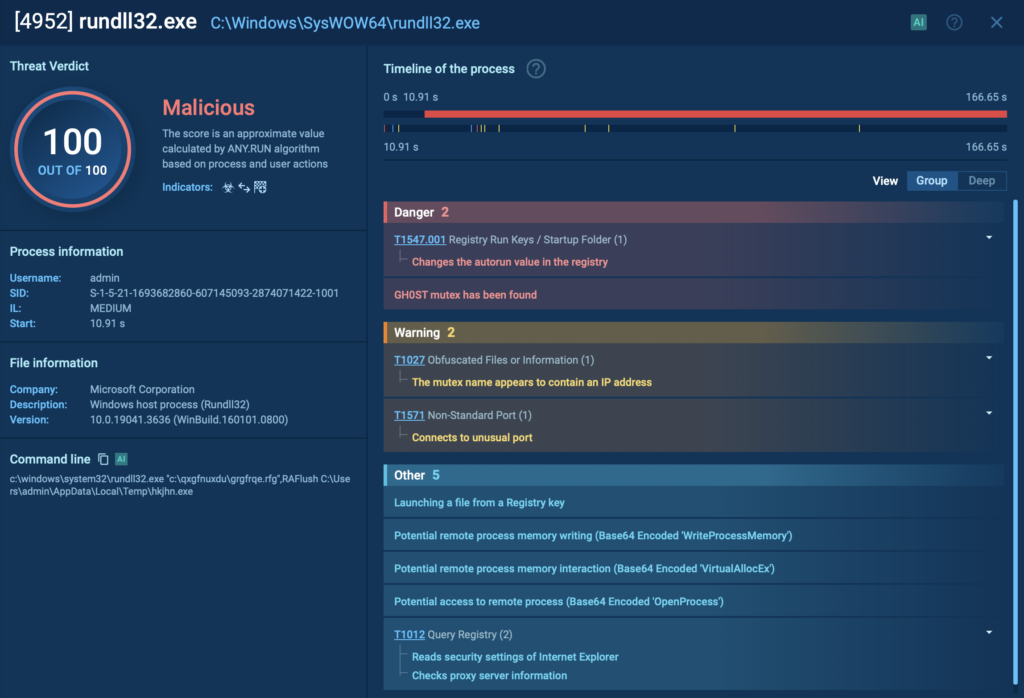
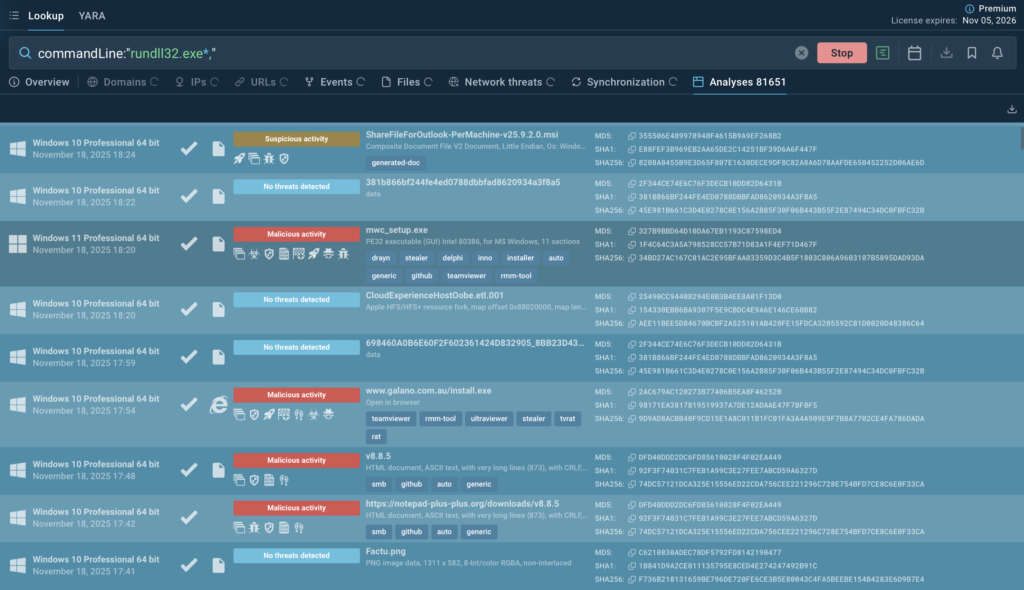
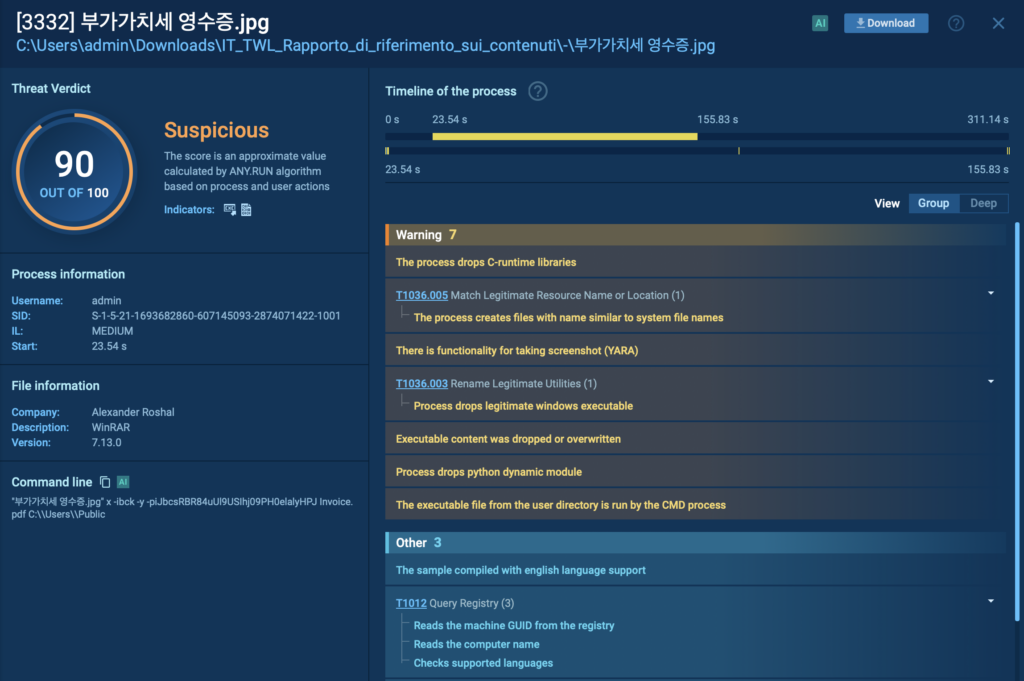

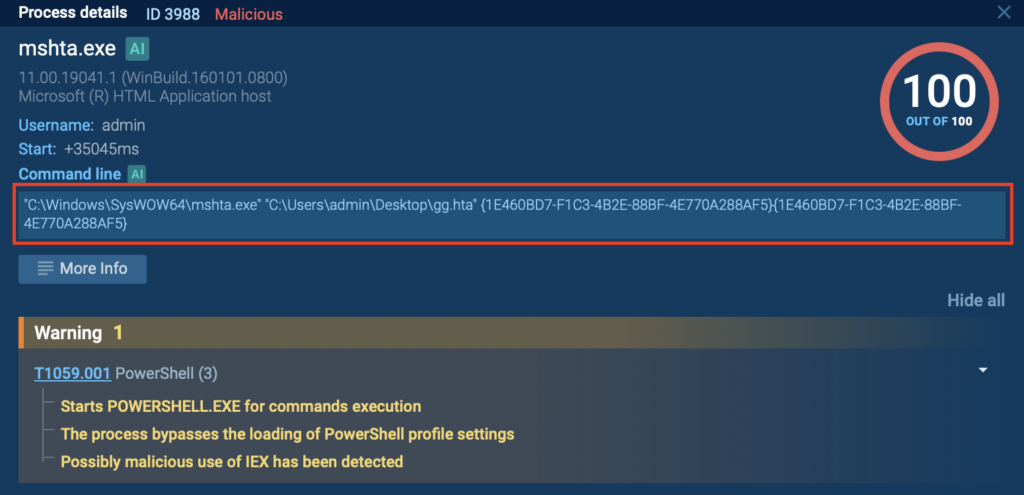
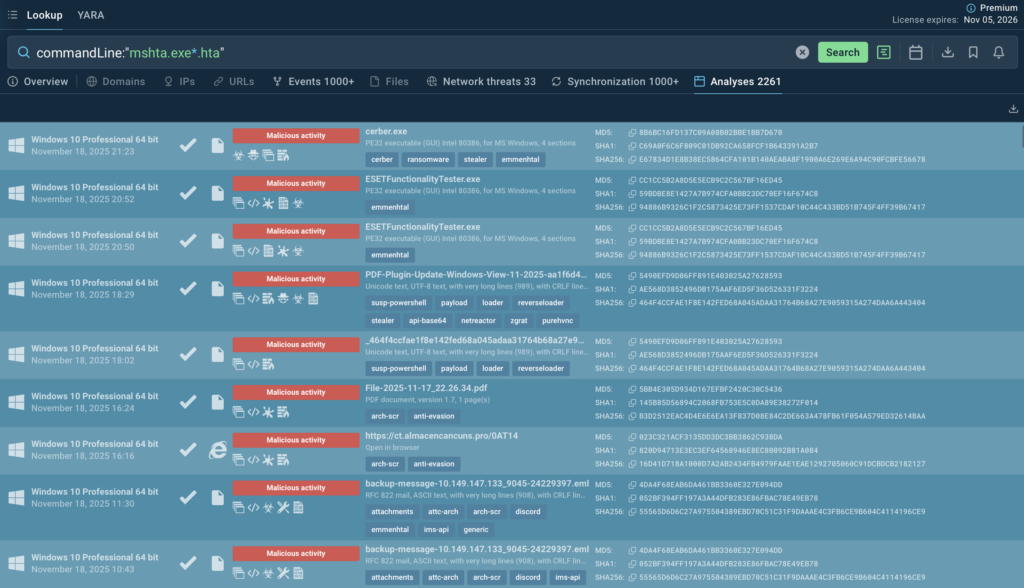

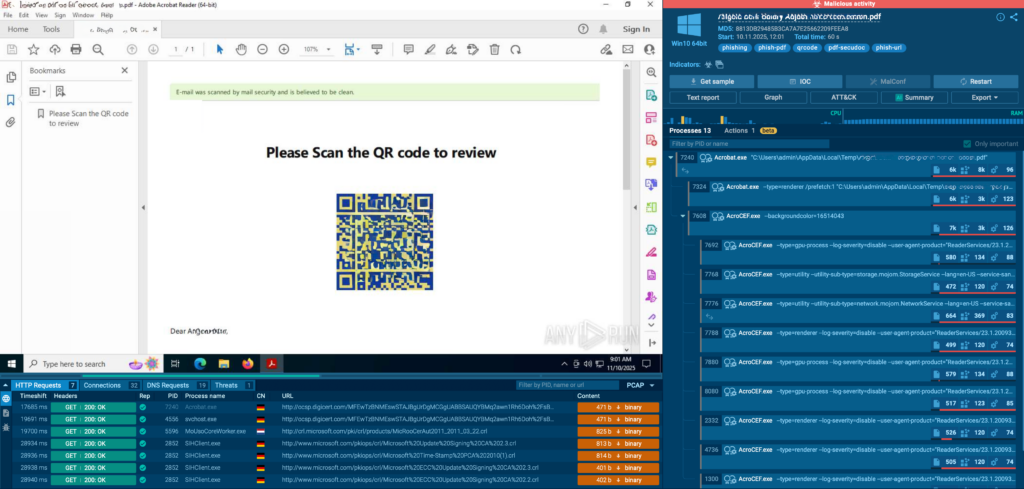
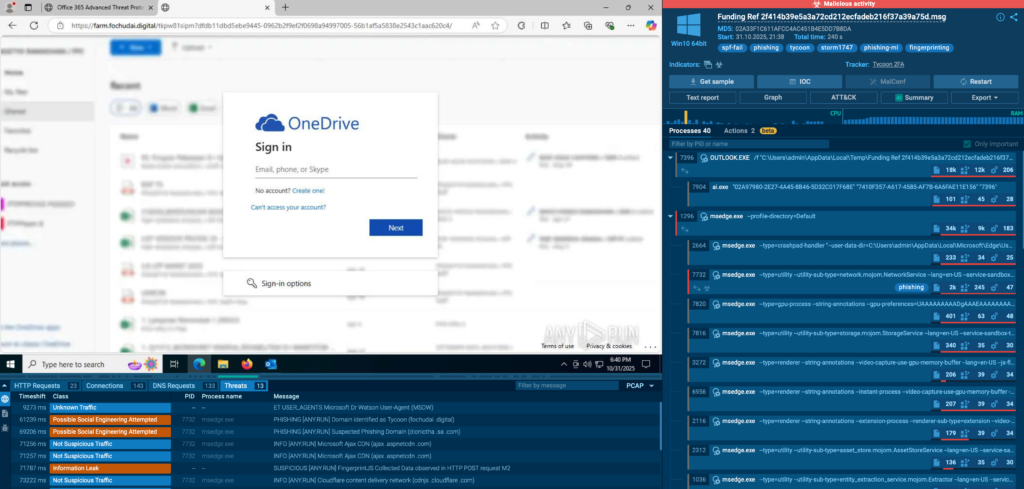
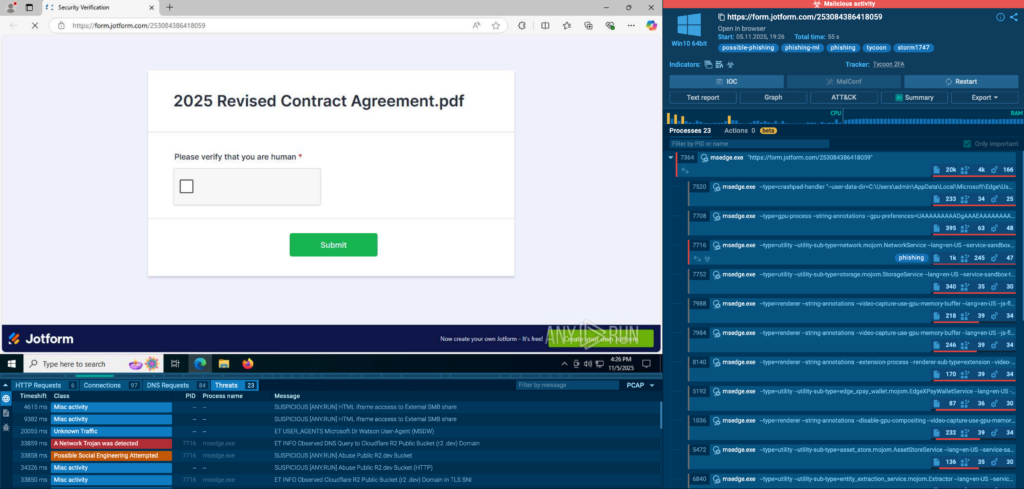
 Better preventative measures
Better preventative measures 